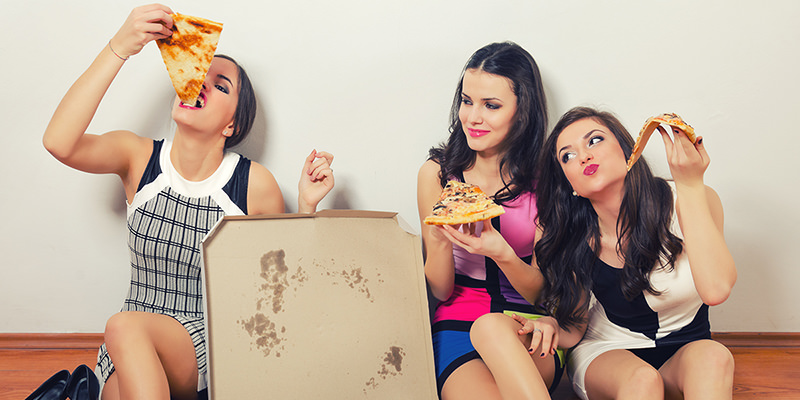Don’t get down on yourself for loading up on Fourth Meal after the bar. It’s not your fault. A new study proves that the drunchies are, in fact, real.
A study by the Francis Crick Institute in London found that alcohol tricks the mind into entering starvation mode. When you get in that state of mind, shoving food into your mouth even though you aren’t technically hungry makes perfect sense.
The fact that people eat more when they drink is “puzzling, because alcohol (ethanol) is a calorie-dense nutrient, and calorie intake usually suppresses brain appetite signals,” the study abstract states. Not with those alcohol calories, though, thanks to a little brain neuron called AgRP. When the brain fires off AgRP, you get hungry.
To test this, researchers turned to mice. Mice brains and human brains are both stimulated by AgRP, so the researchers put some mice alone in a room for three days and made them binge drink the human equivalent of two bottles of wine. The drunchies got real. Compared to the control mice who only got water, drunk mice ate 20 percent more food.
The validation from science is nice, but people have known that alcohol makes people hungry for centuries. The researchers make the case themselves, when they notes that, “drinking an aperitif to stimulate appetite has been mentioned as a human practice since at least the 5th century AD.” Hell, you don’t have to go that far back. You probably noticed the drunchies are real when you grabbed a bag of Cheetos after a night out, even though you hate that Cheetos dust turns your skin orange. Nobody likes orange skin.
Regardless, this study should make you feel a little better about the dingy pizza place you always end up in every weekend at 2 a.m. It’s not your fault. Blame biology.

